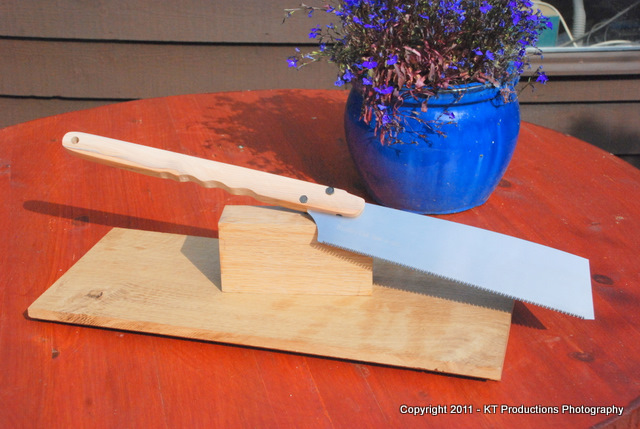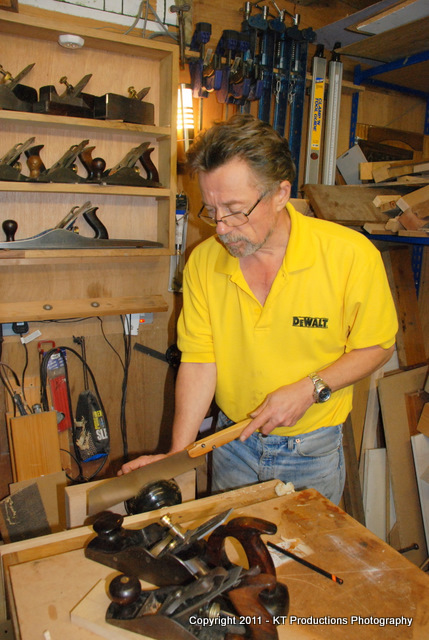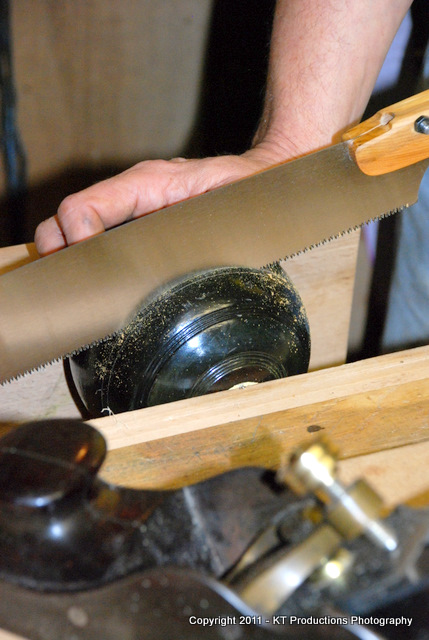Modernist
Established Member
Strangely enough I have had a foot in both camps. I like accumulating a range of quality tools and bought a LN tenon saw second hand. To my great surprise and disappointment I couldn't get on with it. It seemed light and flimsy compared to my usual fare of a 60 year old GHE Charlesworth from Sheffield and Disston and I didn't find the handle comfortable so it went back on ebay and I made a profit 
I do believe modern quality planes work better than their predecessors but I have yet to see anything so convincing on saws. I use re-handled S & J Professionals for hand saws and they are excellent and probably better than my Disston panel saw in terms of steel quality. Even the more esoteric variable pitch DT saws work fine but are going to be problematic to sharpen, let alone re-cut.
Conclusion - it is difficult to be dogmatic on either side of the argument.
I do believe modern quality planes work better than their predecessors but I have yet to see anything so convincing on saws. I use re-handled S & J Professionals for hand saws and they are excellent and probably better than my Disston panel saw in terms of steel quality. Even the more esoteric variable pitch DT saws work fine but are going to be problematic to sharpen, let alone re-cut.
Conclusion - it is difficult to be dogmatic on either side of the argument.







